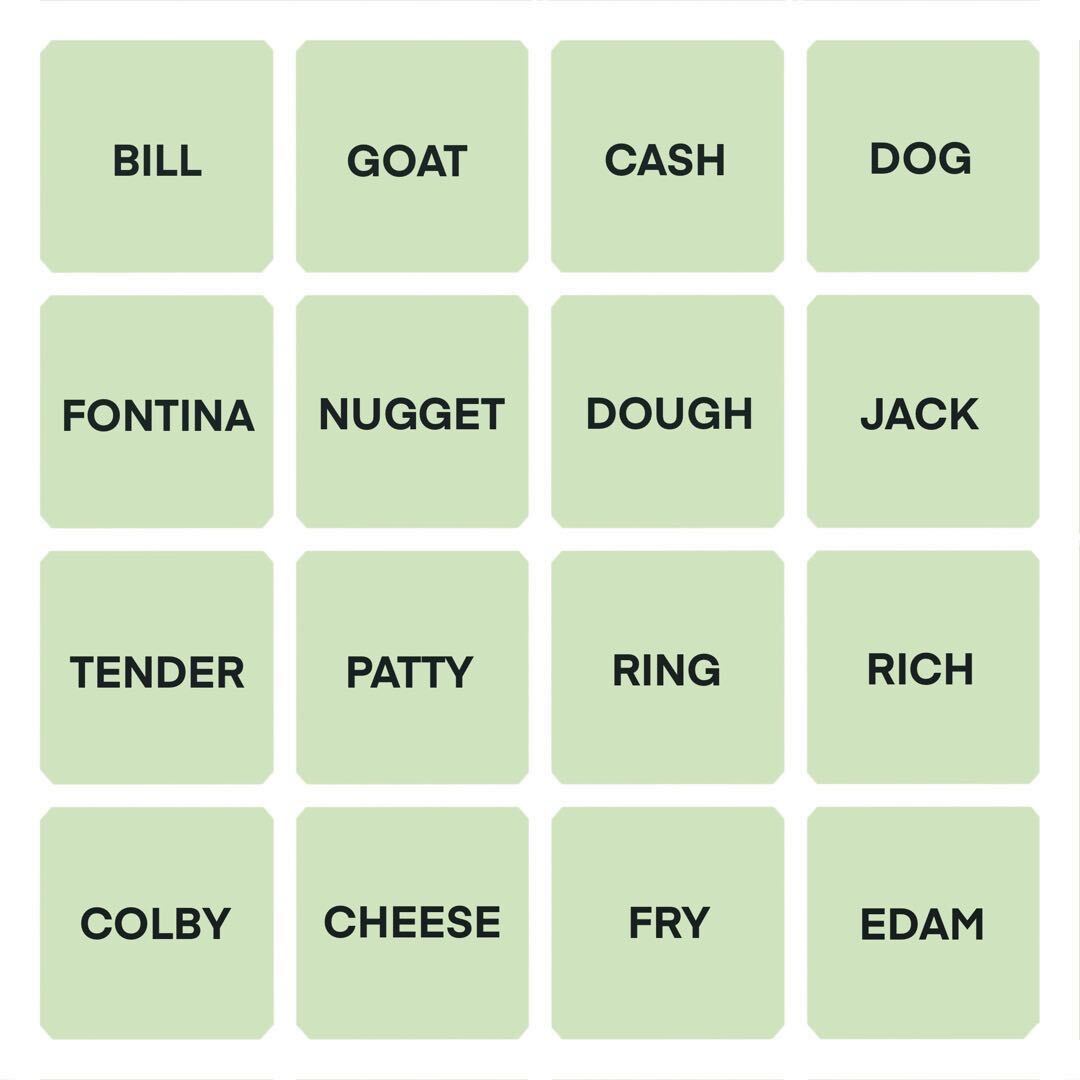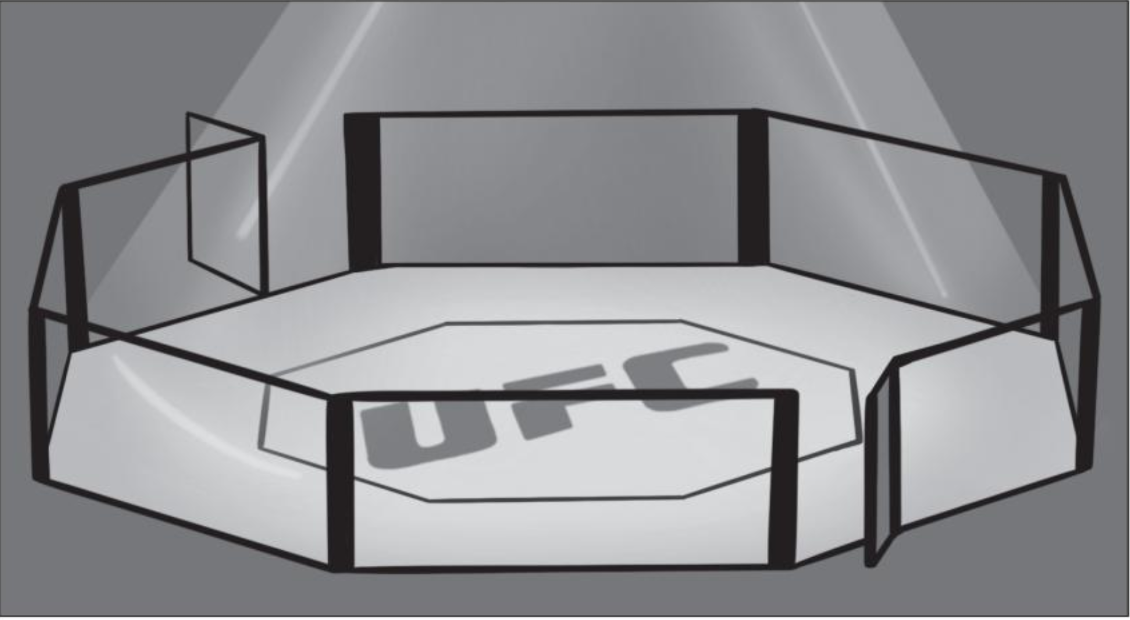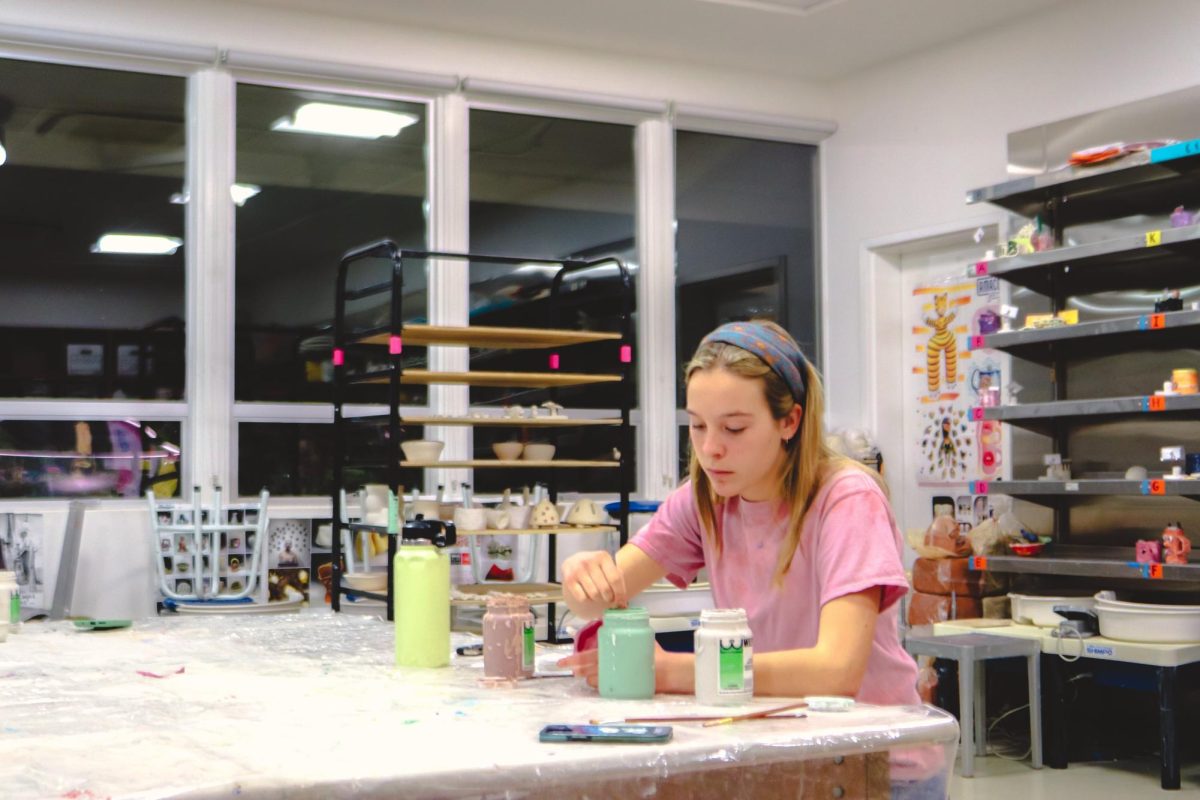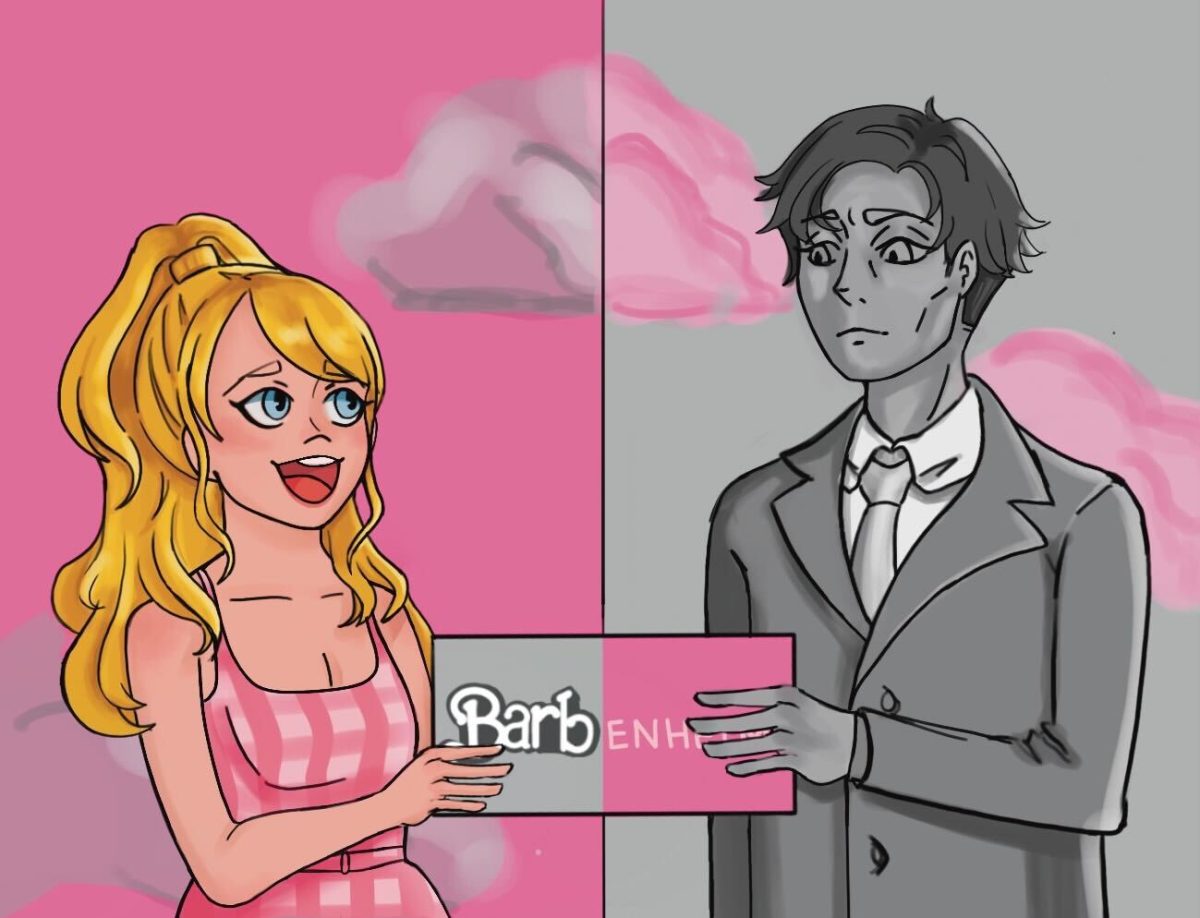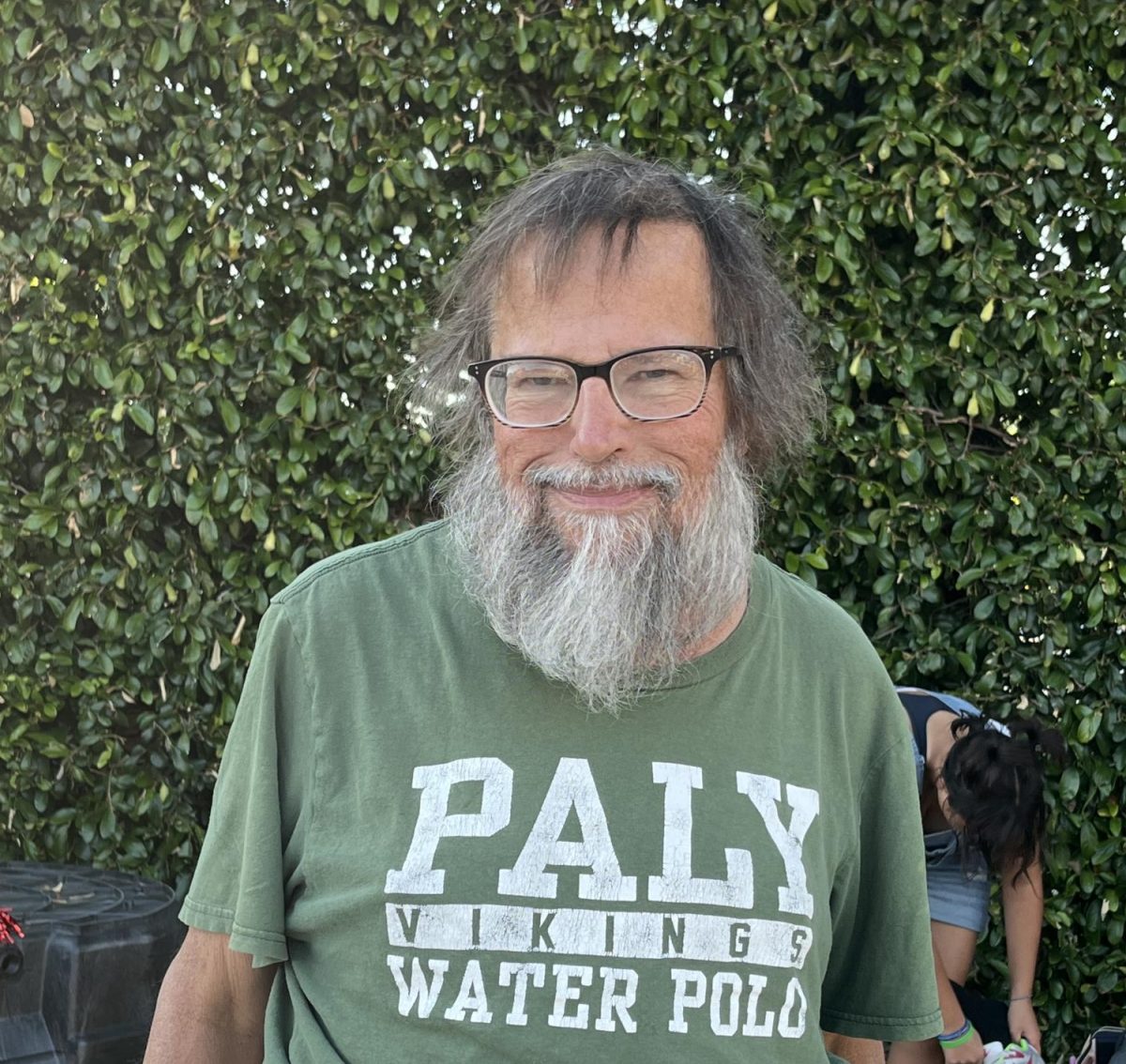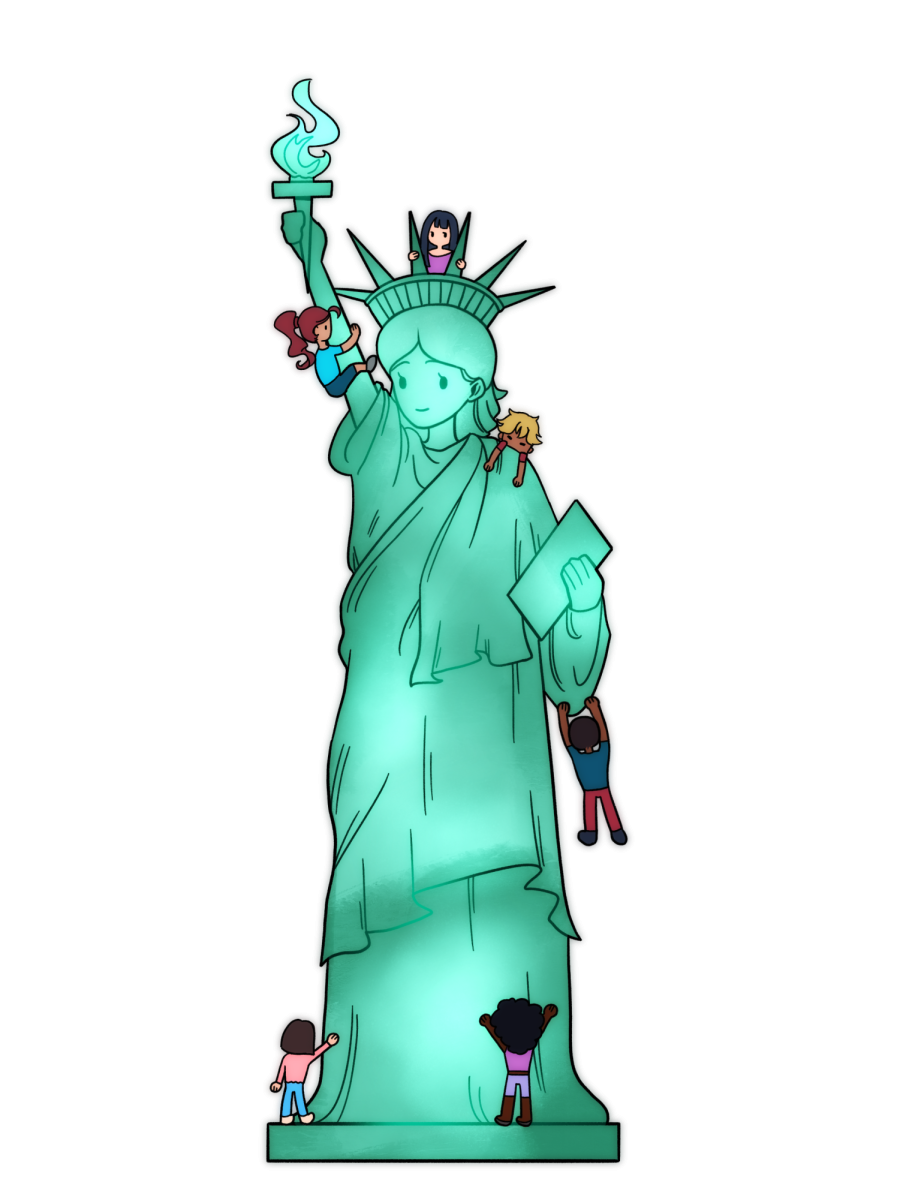Art has no concrete definition. It transcends time and takes countless forms, from painting to dance, impressionism to conceptualism.
Different people have contrasting views on various types of art and everyone has a unique perception of what is or is not considered art.
“Art is a means of communication that transcends language,” said Paly art teacher Susan La Fetra. “Successful visual art communicates an idea or feeling visually, and the meaning goes beyond that which could be communicated with words.”
These ideas and perspectives regarding what constitutes art are explored in La Fetra’s Advanced Placement (AP) Art History class at Paly.
Recently, the class hosted a debate where students voiced their opinions on what they believe is art.
“I think that art is creator-centric,” said Paly junior Jennifer Xu, an AP Art History student. “The person perceiving the art, be it creator or viewer, has to make a conscious choice in whether or not to take public opinion into account. Purposeful creation by the creator is, of course, a defining factor of art, [but] public and singular opinion shape the face of its definition.”
For many people, students and teachers alike, unconventional art walks a fine line between being and not being considered art by viewers.
“Unconventional art is when the creator creates something that breaks the idea of what the viewer thinks art is,” Xu said. “[This includes] pop art or avant garde art, [and] movements that take what is old and either totally change it up or make it new. The most unconventional art pieces are the ones that challenge the viewer and society’s take on what art is.”
Examples of unconventional art can be found at many local art museums, from the Cantor Arts Center, located nearby on Stanford University’s campus, to the San Francisco Museum of Modern Art (SFMOMA).
At the Cantor Arts Center, Andy Goldsworthy’s unconventional Stone Wall zig-zags while ascending out of the ground and then descending back into it, leading those walking by to ponder its meaning.
Additionally, hanging from a ceiling is powder-coated steel, fluorescent light and colored filters, a light sculpture called “Betelgeuse” by Spencer Finch, an unconventional artist known for ineffable works.
“Stone Wall” is in an unconventional setting and it blends in with its surroundings and the nature,” said Paly sophomore Jenny Shi, an Advanced Painting and Drawing student. “It [may be] a deep metaphor for long lasting things or separation. “Betelgeuse,” on the other hand, uses lights, [which is] interesting [because] it can be viewed in different ways. For example, when it’s dark, it [looks] different. It involves a more technical side of the optics of art.”
At the SFMOMA, visitors can see an approved replica of Marcel Duchamp’s “Fountain,” a literal, porcelain urinal signed “R. Mutt” — clearly absurd and unconventional — and possibly offensive to some.
“Unconventional art defies our expectations of what art should be,” La Fetra said. “Generally, that means it is not simply a representational drawing, painting, or sculpture. It may combine conventional art, such as a painting, with 3-D elements to create an installation. Or it may be performance art, where an artist does something to evoke a feeling or meaning.”
Though it may take some time to get used to and recognize the brilliance of unconventional art, this process paves the way for future art to be more accepted and promoted.
“Art is making a turn towards the conceptual,” Xu said. “Looking at the history of art, art was originally [basic] expression … Art [then] transformed into a coveted skill … Now, art [is] a lot less about technical skill — perhaps three centuries ago, the way you drew [an] apple made you [a] better artist than someone else.
“[With] modern technology, people care less about how [you draw], but more [about] what you can express,” Xu said. “Expression is something that cannot be replicated. That’s why I think art is becoming more and more focused on the ideas behind the pieces, and why ‘unconventional’ art is gaining notoriety and popularity.”
Unconventional or not, nearly everyone can agree that art cannot be bound by one finite definition due to the diverse forms of expression that can be considered art.
“I don’t really think a single definition holds well on such a complex idea, as art can be visual, auditory, static or in motion, and 2-D or 3-D,” Xu said. “It has such a wide range of possibilities that you can’t find a singular definition to encompass it. Art is something that’s so wondrous, no matter how many words you use you can’t pin down such a beautiful thing. It’s just indescribable.”


